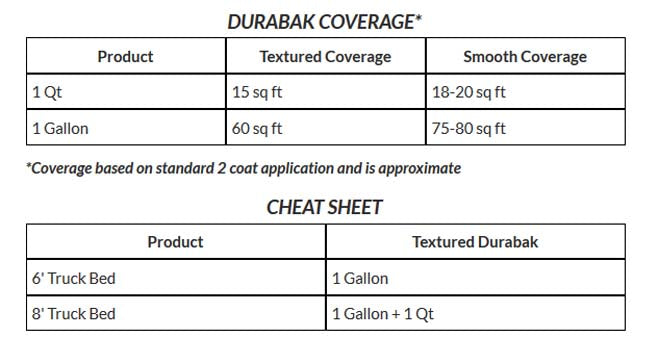When it’s Time to Paint Your Fiberglass Boat
When the time comes to paint your fiberglass boat, you might be concerned about tackling the project yourself. Thankfully, it isn’t a hard task to accomplish and often saves you a boatload of money. Here’s what you’ll want to know before you get started.


Preparation to Paint Your Fiberglass Boat
The preparation is the key to any job you undertake. This is where the quality of your work shines through every time. If you invest the time at this stage to set everything up correctly, you will succeed.-
Clean your boat completely. Although you should already be doing this when you take the boat out, now is the time to pay close attention. Use a high-pressure hose, clean rags and a scrapper if needed. You could wash the surface with Spic N Span or some other non-chlorinated detergent.
-
When you complete washing it, you must rinse it off thoroughly. Don’t ever leave any soap to lie on the boat.
-
Remove all your hardware from the boat. This allows you the space you need to do a stellar paint job. If something isn’t removable, merely cover it up with painter’s tape for protection.
- Utilize a solvent to strip the wax coating on the boat. This must be removed before you paint because paint cannot stick to the waxy surface.
-
Repair the boat. You must fix any corrosion, nicks or cracks prior to filling your holes with marine-grade epoxy.
- Finish by sanding the boat. On the surface, you’ll want an 80-grit paper. This is the time to ensure all the old paint has been removed.
Paint Your Fiberglass Boat
Are you ready for some fun? When you are prepared to paint your fiberglass boat, you’ll want to follow these essential steps.-
Start with your primer, but it’s not always necessary. If you are using primer, it must be compatible with your paint.
-
Sand the primer. After one layer, use 300-grit paper and sand your boat lightly.
-
Apply another coat of primer if necessary. It’s crucial that you begin the painting process in the next two hours after applying the primer.
-
Mix your materials as directed by the manufacturer. Some formulas require that you only open up the can and stir the contents. Then, apply your first layer with a roller.
-
Allow your first coat to dry. Read the instructions for your particular paint, as dry time varies.
- Move on to the second coat. One the final coat is applied, it's time to remove your painter’s tape. If you don’t do it now, you might have trouble getting it off later.

